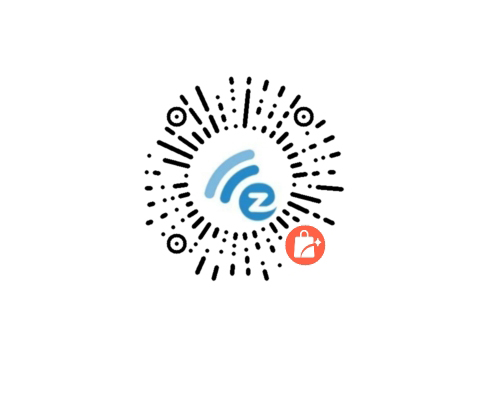Why do Delays Happen During Screen Mirroring from Phones and Laptops?
As more people start screen mirroring and casting through projectors during meetings, this kind of question occurs frequently. Usually, we tend to blame the delay on the displaying device itself, but the truth is, there may be some other key factors we fail to notice.
Let us first look into how screen mirroring apps and screen mirroring devices/wireless display devices work.
What makes them different?
Screen mirroring apps use Miracast, DLNA technology, or Airplay on Apple devices to mirror exactly what you see on your device to a larger screen. Your smartphone continuously captures the current screen and transmits those signals to the larger receiver display screen through WLAN channels. During the transmission, these processes will keep running in the background activities of your devices. Therefore, it will occupy a lot of CPU usage on your devices and the display device to process, in this situation, resulting in lag or screen stuttering if the performance of your devices is not good enough.
To solve this problem, wireless display devices like EZCast’s TwinX Package use a transmitter to first transcode video, photos, and audio from your phone/laptop, transferring them through 5GHz Wi-Fi to a receiver where the information gets decoded and shown on TV, projector, or any other displaying devices. Technically it looks complicated but by using this method, it is efficiently processed in the transmitter and receiver without delay. (Read more about what EZCast Twinx can do.)

EZCast TwinX effectively processes content without delay.
Other factors that lead to screen stuttering and lagging when casting/mirroring from apps…
Aside from device performance, external interference, Wi-Fi signal strength, and smartphone processor power can also have a significant impact on screen mirroring.
External interference: Wi-Fi signals sent out by third-party devices (e.g., routers) can be interfered by external sources, such as other devices connecting to the same Wi-Fi network, Bluetooth devices, and nearby electronic devices with similar frequency bands, etc.
Strength of Wi-Fi signal: Distance between your device and Wi-Fi router, numbers of devices connected to your network, and IP address conflict.
Device processor power: As an input source during screen mirroring, if your phone is running multiple apps at the same time, it could cause a task overload and therefore degrade the quality of your transmitting signal. A good practice is to close all unnecessary background apps while mirroring, particularly for smartphones with low RAM storage and processor power. If you wish to mirror high-end games, try using phones with better processor power.
Still having trouble with screen casting? Also, try these solutions.
Why are we advocating for wireless display transmitter/receiver?

EZCast’s wireless display products have no delay.
By using a wireless transmitter and receiver, you are essentially handing over the workload from your smartphone to the wireless transmitter, putting less stress on your device’s memory and processor to prevent delays.
EZCast’s wireless display device package comes with a built-in 5GHz Wi-Fi module and is equipped with a high-gain antenna, guaranteeing smooth and stable transmission without screen stuttering, blurs, or delays. With the device, cast any content you want to projectors and bigger screens while feeling free to use your phone for other tasks separately. The entire process is without a doubt faster and stabler than using screen mirroring apps.
In Summary
Although screen mirroring/casting apps can be convenient, it comes with obvious drawbacks such as being subject to external interferences, device memory, device performance, and so on. Not to mention that many of them bombard you with plenty of in-app ads. On the contrary, a wireless display device comes with a lot more benefits and stability. In this case, we strongly recommend wireless display devices powered by EZCast. Under different user scenarios, from home entertainment such as video streaming on TV, to educational and business use, you are definitely able to find a model that suits your needs.



